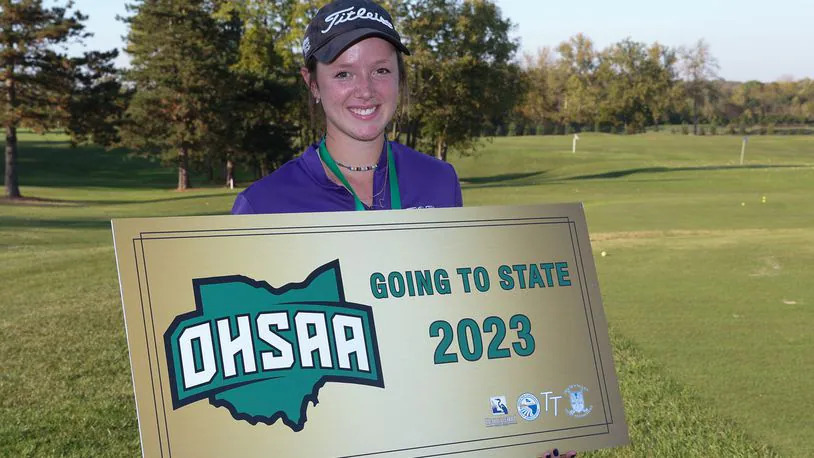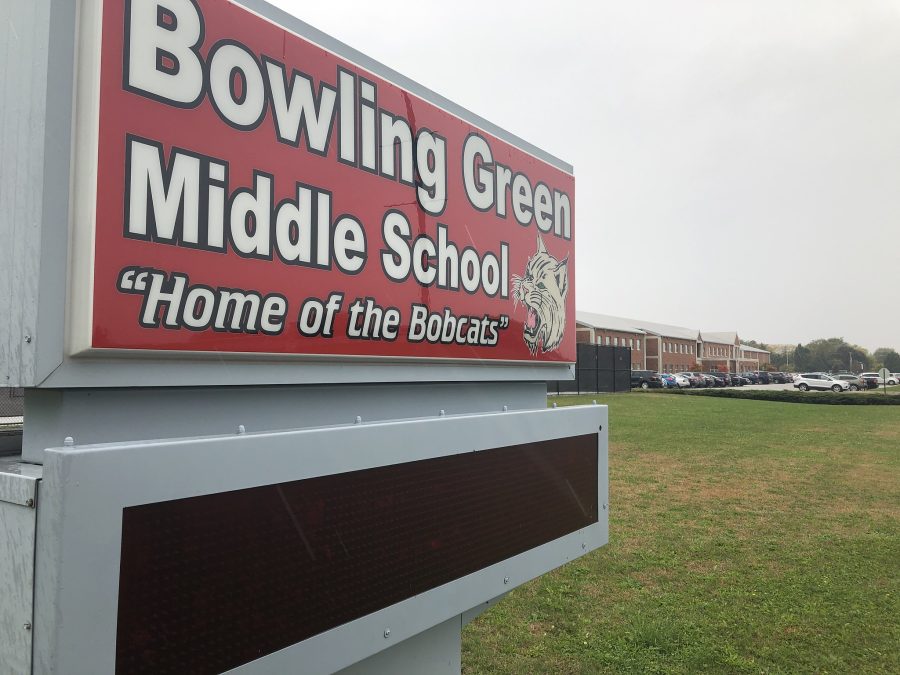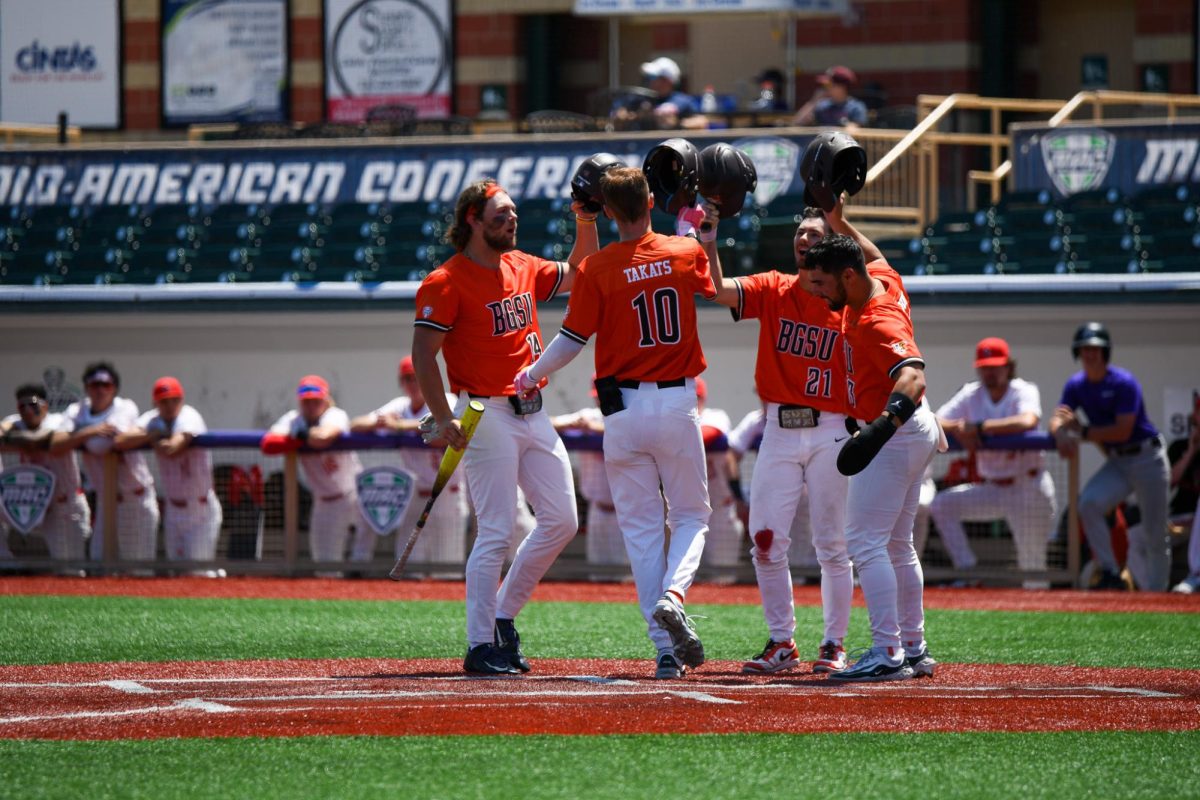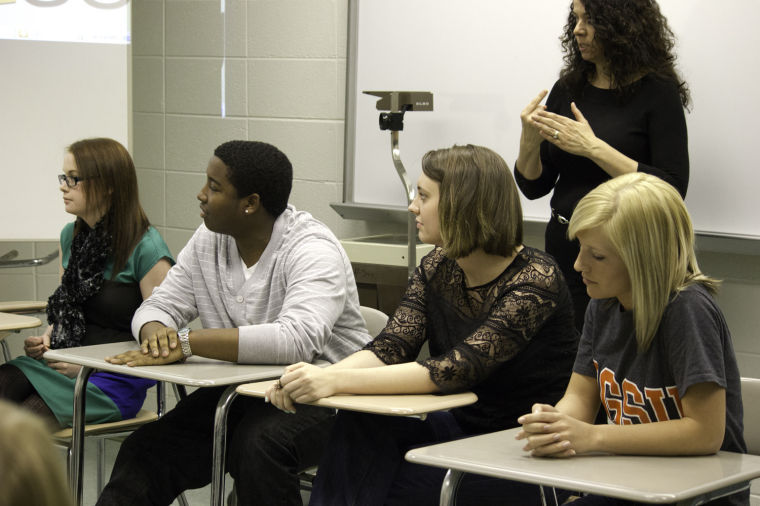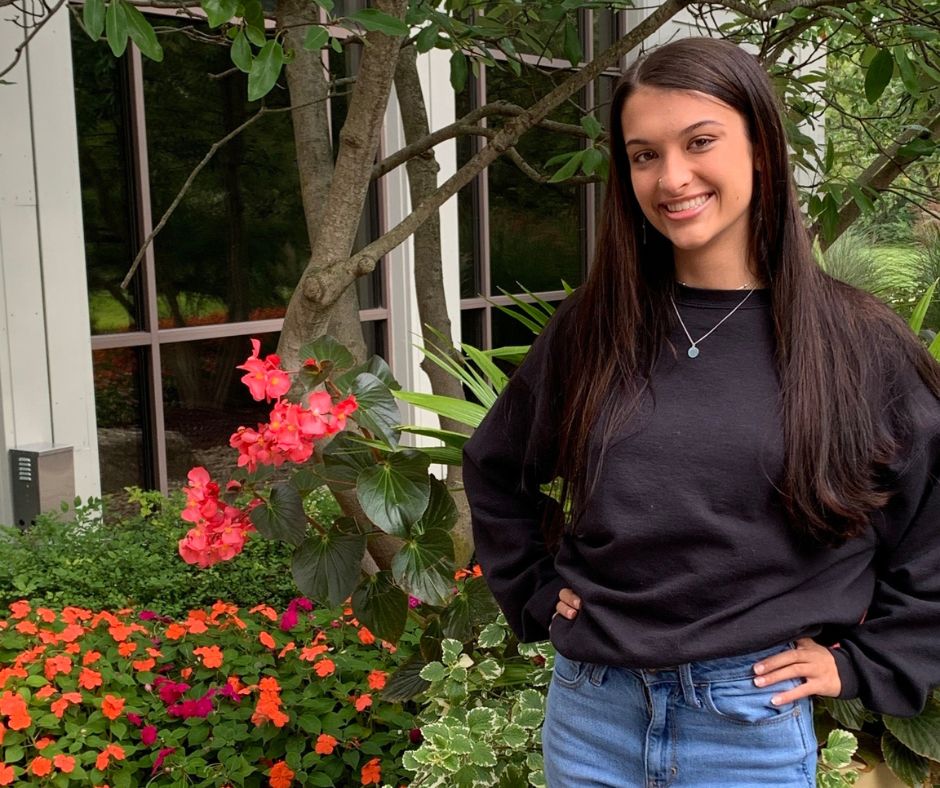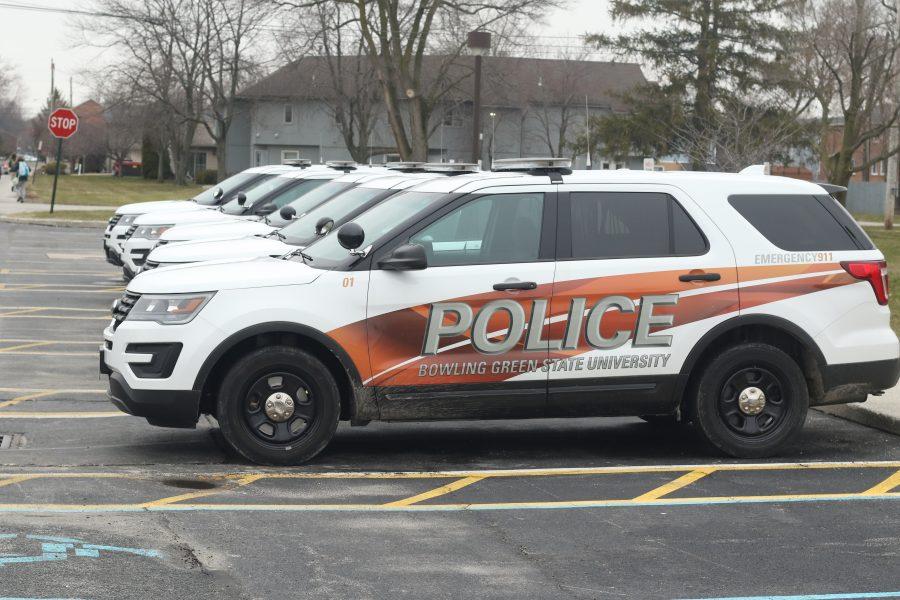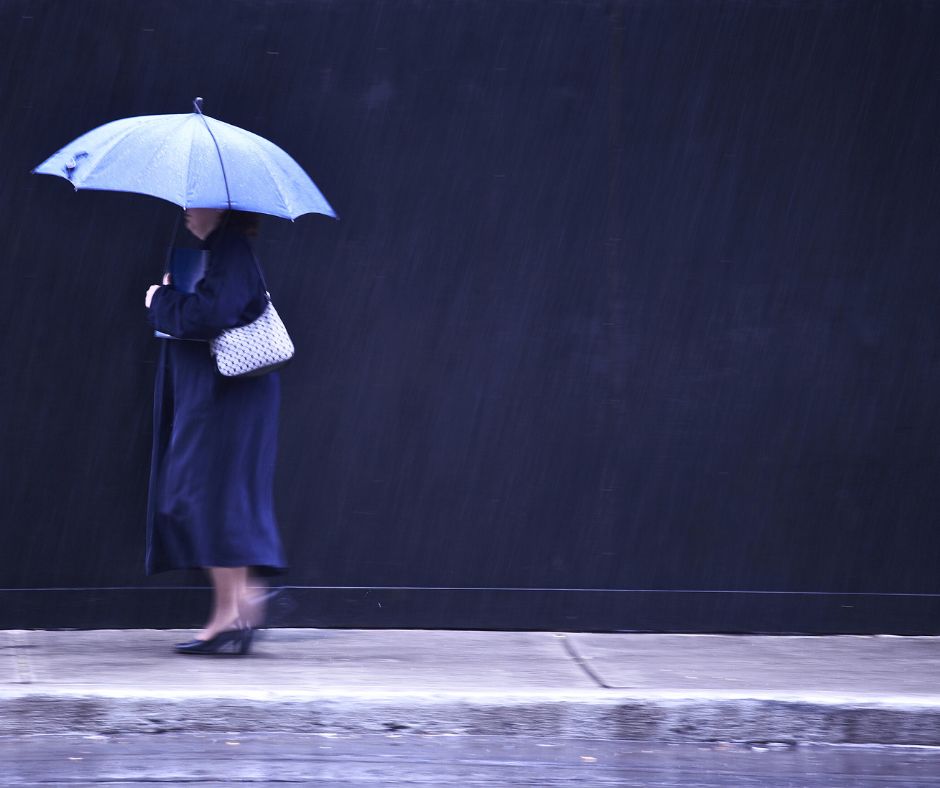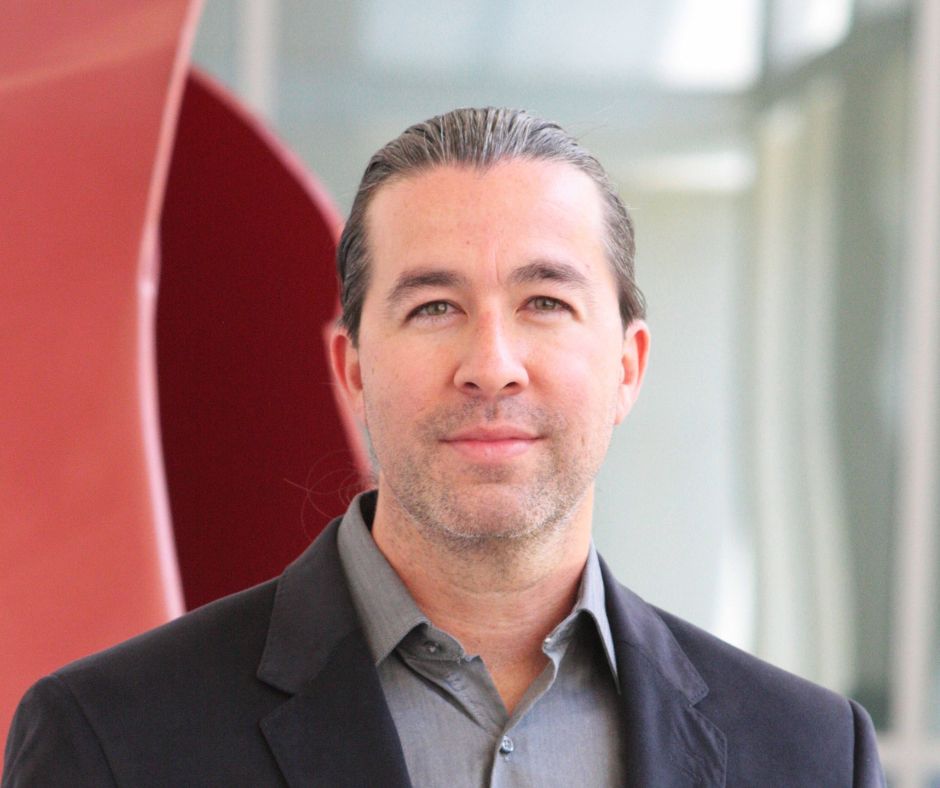The Office of Multicultural Affairs hosted the event “See the Ability, Not Disability” in Olscamp Hall on Wednesday night as part of its spring Mosaic Series.
Senior Sarah Trusz planned the event hoping to inform students about other students who have both visible and invisible disabilities and their accomplishments.
“The title kind of says it all,” Trusz said. “I think a lot of students here on campus don’t really know how to approach someone with a disability or they might not even see it. Some of these disabilities are invisible to most people.”
Some students with disabilities shared their stories and experiences about living with their specific disability at the event.
Junior Linda Tomajko primarily suffers from reflex sympathetic dystrophy, which is a rare nerve disorder that is caused by a minor injury. It was triggered after someone stepped on her heel during her prom. She also has heart problems and fibromyalgia, a chronic disorder that causes body-wide pain and tenderness.
Although Tomajko’s diseases have altered some parts of her life, it doesn’t stop her from reaching her goals, Tomajko said.
Tomajko is a member of the Sigma Kappa sorority, the public relations chair for the Feminist Organization for Raising Consciousness and Empowerment and is part of the Residential Computing Connection. Tomajko double majors in Political Science and Philosophy and maintains a 4.0 GPA.
“I absolutely hate my disease,” she said. “If I could go back in time and change it, I absolutely would, but then there are things that I am so thankful for. I know exactly what I want to do, I am an incredibly driven person and I am utilizing the skills that I have.”
Senior Kelsey Meyer also suffers from fibromyalgia, which was caused by a minor concussion.
Meyer began to have symptoms of the disease during her second semester at the University, and later had to drop out because of the chronic illness.
After a year of doctor’s visits and tests, Meyer was diagnosed with the disease. She then began to learn how to control her symptoms and is now a enrolled as a full time student.
“The greatest thing I’ve learned is just how to really value the life that I have,” Meyer said. “There wasn’t much hope for me. I feel like I got a second chance.”
Junior Jordan Hammond, who has nystagmus, and junior Justin Lopez, who has muscular dystrophy, also spoke at the event about their disabilities.
“See the Ability, Not Disability” is not the only event this semester that is part of the spring Mosaic Series.
Krishna Han, assistant director for the Diversity Education Program, said the Mosaic Series events will be hosted each month throughout the rest of the semester to highlight diversity on campus.
“The Mosaic Series is designed with the intention to highlight and celebrate diversity,” Han said.







